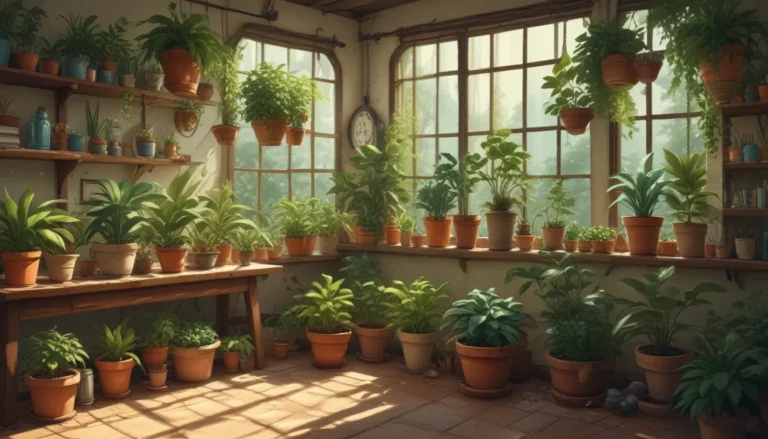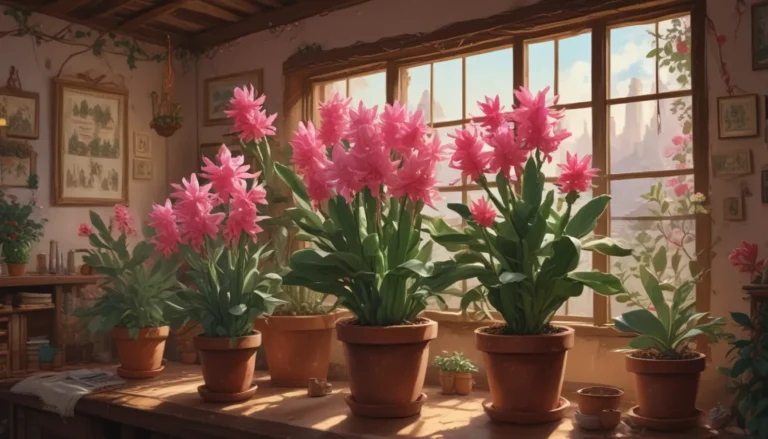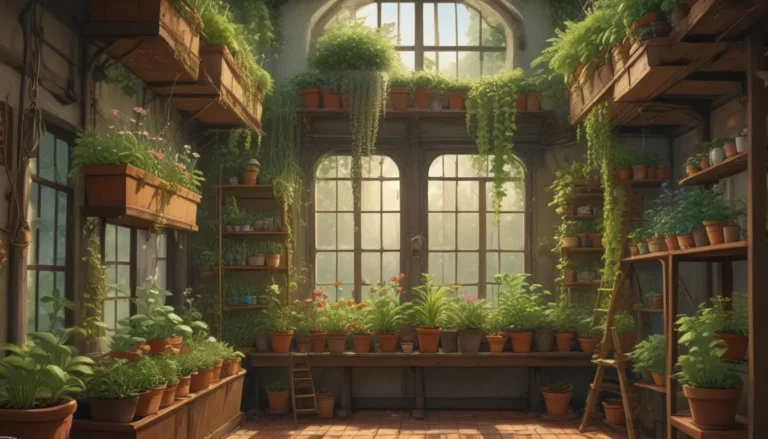A Guide to Growing Grass Indoors

Who wouldn’t love to have a touch of lush greenery inside their homes? While grasses are typically associated with outdoor gardens and yards, they can also make wonderful houseplants. These versatile plants come in a variety of colors, sizes, and shapes, making them perfect for indoor settings.
Just like in the garden, grasses grown indoors are easy to cultivate and low maintenance. They can add a touch of calm and beauty to your home, whether you want a soothing green indoor “lawn” to brighten up the cold winter days or a striking ornamental grass for year-round display.
What You’ll Learn
In this article, we’ll explore the best varieties of grass for indoor growth, container selection, sowing seeds, and essential care and maintenance tips to help you successfully grow grass houseplants.
Best Varieties of Grass for Indoor Growth
When choosing grasses to grow indoors, there is a wide selection of options available. From common grains and turf varieties to rushes and sedges, there is a grass suitable for every interior setting. Here are some key points to keep in mind when selecting grasses for indoor growth:
- Choose species and cultivars that prefer partial shade settings for long-term growth indoors.
- Opt for fast-growing edibles like annual ryegrass, wheat, and cat grass mixes.
- Consider grasses with colorful or variegated foliage, interesting seed heads, or unique growth habits for visual interest.
- Some popular grass varieties that make excellent houseplants include Blue Fescue, Bunny Tails, Hard Red Wheat, Mexican Feathergrass, and Oats.
Blue Fescue
Blue fescue features dense, spikey mounds of fine, steel-blue foliage, making it a beautiful choice for indoor growth.
Bunny Tails
With charming, fluffy seed heads, fast-growing bunny tails add a whimsical touch to indoor spaces.
Hard Red Wheat
Hard red wheat is a fast-growing variety with thick blades, perfect for creating a lush indoor “lawn.”
Mexican Feathergrass
Mexican feathergrass adds a touch of airy elegance with its wispy seed heads that dance in the lightest breezes.
Oats
Oats are a great choice for decorative bowls, offering fast, even growth and delicious foliage for pets to nibble on.
For best results, choose grass varieties that can be grown from seed and select those that suit your indoor lighting and space requirements.
Container Selection
Choosing the right containers for your grass houseplants is essential for their growth and appearance. Consider the following tips when selecting containers:
- Use a container with adequate drainage holes to prevent waterlogging.
- Select shallow, wide containers for “lawn” type foliage and narrow, deep pots for taller, ornamental grasses.
- Add a layer of drainage material at the bottom of the pot to improve drainage.
- Use a catchment saucer to maintain cleanliness.
Containers can be made of various materials, such as ceramic, metal, resin, or terra cotta. Ensure that your containers complement the size and growth habits of your chosen grass varieties.
Sowing Seeds
Many grass varieties can be grown from seeds indoors, offering a cost-effective and rewarding way to cultivate these plants. Here are some key points to remember when sowing grass seeds:
- Follow the planting directions on the seed packet for optimal germination.
- Sow seeds thickly to create a lush mat of foliage.
- Keep the soil moist but not wet, and expect seeds to sprout in a week or two.
Ornamental grass seeds may take longer to germinate compared to lawn and pet grass types. Prepare your containers with a well-draining potting soil mix before sowing the seeds.
Care and Maintenance Tips
Grasses are generally low maintenance plants, both indoors and outdoors. Here are some essential care and maintenance tips to keep your grass houseplants healthy and thriving:
- Water and fertilize according to each species or cultivar’s needs.
- Use indoor foliage plant food with a higher nitrogen content for lush foliage growth.
- Empty catchment saucers regularly to prevent waterlogging.
- Trim, prune, or harvest grasses as needed to maintain their appearance.
- Keep an eye out for pests and diseases, and address any issues promptly.
- Divide and repot perennial grasses every few years to prevent root binding.
With proper care and attention, your grass houseplants will continue to add beauty and greenery to your indoor spaces. Experiment with different grass varieties to create unique and visually appealing displays inside your home.
A Little Patch of Green
Whether you’re a seasoned indoor gardener or new to growing grass inside, there are plenty of options to explore. From ornamental grasses to edible grains, there is a grass variety to suit every taste and preference. Start by selecting the right grass varieties, containers, and planting techniques to create your own green oasis indoors.
What types of grass do you grow indoors? Share your experiences and tips in the comments below. Happy planting!
For more indoor plant inspiration, check out these articles:
- How to Identify and Control Fungus Gnats on Houseplants
- How to Bottom Water Houseplants
- Terrariums: Mini-Landscapes for any Decor
Remember to enjoy the process of growing grass indoors and have fun experimenting with different varieties and displays. Happy gardening!





